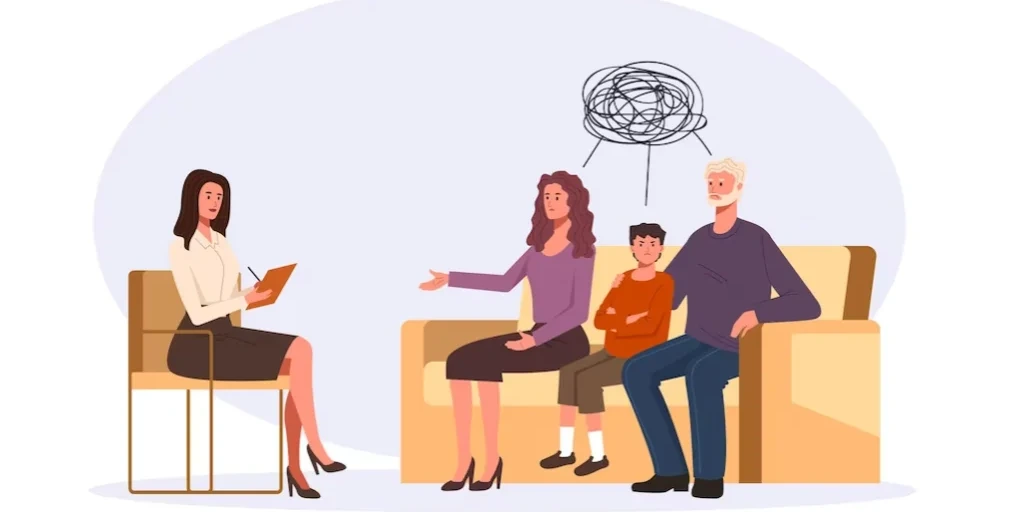24/7 Helpline:
(866) 899-221924/7 Helpline:
(866) 899-2219
Learn more about Heroin Rehab centers in Manilla

Other Insurance Options

United Health Care

Molina Healthcare

Sliding scale payment assistance

Access to Recovery (ATR) Voucher

MHNNet Behavioral Health

UMR

CareSource

Providence

CareFirst

Medical Mutual of Ohio

Kaiser Permanente

Optima

Group Health Incorporated

Anthem

Self-pay options

Health Choice

UnitedHealth Group

Health Partners

American Behavioral

State Farm









